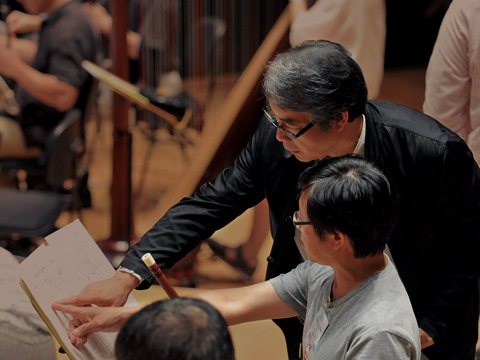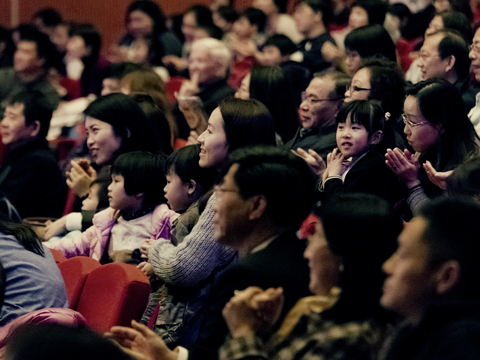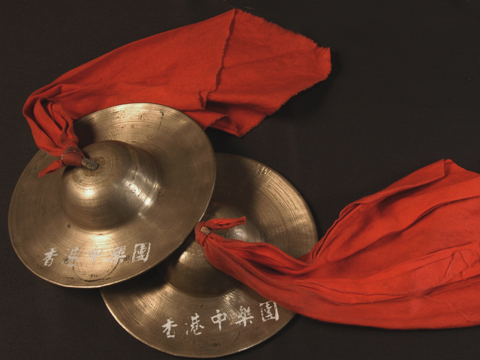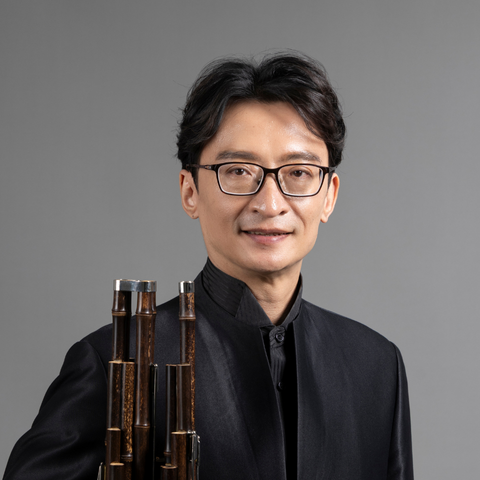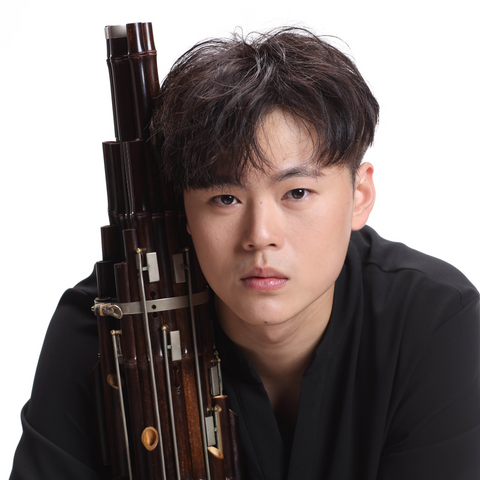
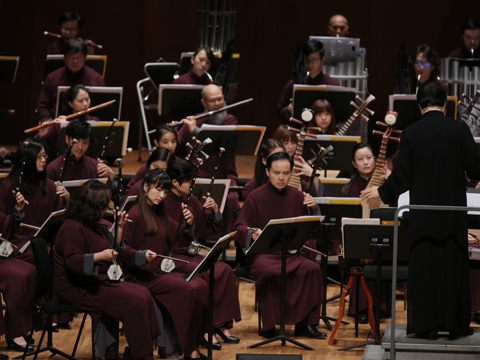
HKCO
Hong Kong Chinese Orchestra Environmental, Social and Governance Artistic Director and Principal Conductor for Life Orchestra Members Council Advisors & Artistic Advisors Council Members Management Team Vacancy Contact Us (Tel: 3185 1600)

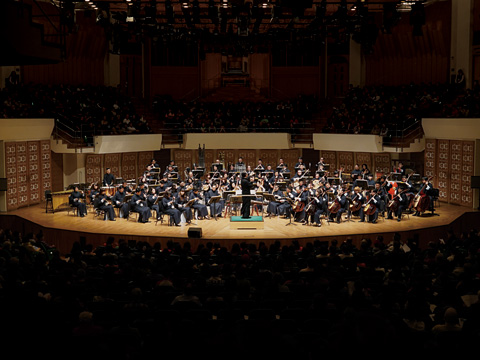
Concerts

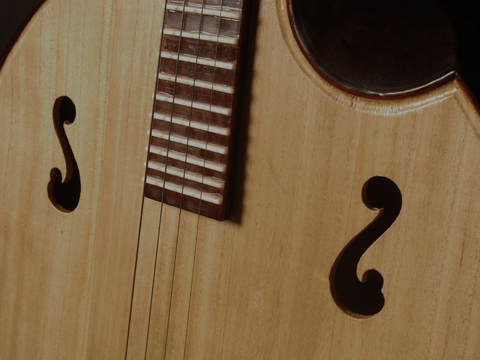
Education
The HKCO Orchestral Academy Hong Kong Youth Zheng Ensemble Hong Kong Young Chinese Orchestra Music Courses Chinese Music Conducting 賽馬會中國音樂教育及推廣計劃 Chinese Music Talent Training Scheme HKJC Chinese Music 360 The International Drum Graded Exam

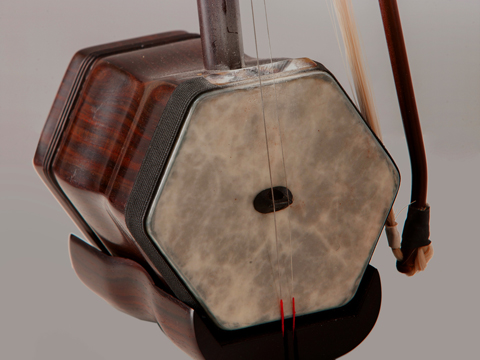
Instrument R&D
Eco-Huqins Chinese Instruments Standard Orchestra Instrument Range Chart and Page Format of the Full Score Configuration of the Orchestra
47th Orchestral Season

HKCO4U – The Kaleidoscopic Sounds of Sheng
Chen Yi-wei
Double Lusheng and Chinese Wind-and-Percussion The Joys of a Bumper Harvest Yang Changshu Compiled by Wei Shen-fu
Lusheng: Wei Shen-fu, Yuen Kin Hei
Keyed Sheng Solo Animato Wei Shen-fu (World Premiere)
Keyed Sheng: Wei Shen-fu
Ensemble The Flow of Petals Han Jisu
Traditional Sheng: Wei Shen-fu Zheng: Fu Zifei Percussion: Chan Lut Ting
Ensemble Mountain Spirit Lao Luo
37-Pipe Keyed Sheng: Wei Shen-fu Zheng: Fu Zifei Percussion: Chan Lut Ting
La fille aux cheveux de lin Claude Debussy Arr. By Chan Yik Heng (Arrangement Commissioned by HKCO/Premiere)
Keyed Sheng: Wei Shen-fu
Traditional Sheng and Chamber Orchestra Transport the Harvest Happily Tang Fu Orch. By Yan Huichang
Traditional Sheng: Wei Shen-fu
Hulusheng Impromptu Ng Cheuk-yin (Commissioned by HKCO/ World Premiere)
Hulusheng: Wei Shen-fu
Sheng Quintet The Breath of Life ~ Nasi Chen Yi-wei
Keyed Sheng: Chen Yi-wei, Wei Shen-fu Tenor Sheng: Lu Yi, Yuen Kin Hei Bass Sheng: Lam Chon Weng
Double Lusheng and Chinese Wind-and-Percussion The Joys of a Bumper Harvest Yang Changshu Compiled by Wei Shen-fu
This piece was adapted from a lusheng melody of the Miao people of southeastern Guizhou. The final section ingeniously returns to the style of the folk tune. This composition captures the prosperity that citizens have experienced under the nation’s leadership, as the people of Guizhou celebrate a bumper harvest with song, dance, and revelry.
* The exotic instrument used in this piece: Mangtong (Lam Chon Weng, Lu Yi)
Keyed Sheng Solo Animato Wei Shen-fu (World Premiere)
In Italian, the term animato refers to a sense of liveliness or spiritedness. This three-part composition depicts dynamic leaps and static elongations of notes, with rhythmic themes that recur throughout the piece.
Drawing inspiration from the work Between Dots, Lines and Shapes by Taiwanese composer Chen Yi-wei, this song makes creative use of instrument fingering arrangements and makes the first attempt to incorporate the portamento technique on sheng as it explores new possibilities for keyed sheng techniques and compositions. Using these fingering arrangements, it seeks to discover more forms for the keyed sheng while retaining traditional fingerings.
- Wei Shen-fu
Ensemble The Flow of Petals Han Jisu
The Flow of Petals is a word that pictures the scenes of springtime. It was used to signify the beginning of a new journey, as flower petals fall upon the water and drift with it in unison.
Flowers fade, water flows.
For a while, the wilt of the flower aches the heart, yet this ending calls forth another beginning.
Nature circulates, and our life is like it. Time is fleeting and passes us by, dwelling only as memories of the past. But we gladly embrace this fact, and such was the inspiration for writing this piece – the hope and will to live each moment as radiantly as the next that comes our way. Above the gentle waves of the Gayageum, flowing and elegant, dances the Saenghwang’s slow tune. As a wind rises, they scatter and come together, time after time.
- Han Jisu
Ensemble Mountain Spirit Lao Luo
Unlike many ensembles, this composition begins with a 15/8 meter that continues throughout the piece. Variations of similar sounds and rhythms continually repeat, expressing the grounded and mysterious nature of the mountain spirit. The 15/8 meter, timbre, and mood of the piece challenge performers as they strive to convey changes within similar note combinations and enliven the music. Clashes in the rhythms of both hands create a clear distinction between primary and secondary rhythms, highlighting the accents and unearthing hidden melodies.
La fille aux cheveux de lin Claude Debussy Arr. By Chan Yik-heng (Arrangement Commissioned by HKCO/Premiere)
Translated to English, The Girl With The Flaxen Hair is the eighth piece in Debussy’s first book of Preludes.
Being one of Debussy’s most well-known and most recorded pieces, its lingering melody and morphing textures have enchanted generations of audiences. The composer’s masterful utilisation of the pentatonic tonality and the piece’s silky smooth texture made it aptly suitable to be adapted for Chinese instruments. The combination of wind and strings instruments enrich the texture and enhance the imagery of golden flowing locks. Please enjoy this well-known piece of music in a different and refreshing setting.
Chan Yik-heng
Traditional Sheng and Chamber Orchestra Transport the Harvest Happily Tang Fu Orch. By Yan Huichang
Transport the Harvest Happily is a traditional allegro dual-tone piece for sheng. Adopting a musical style from northeastern China, composer Tang Fu uses rapid tempo polyphonic ostinatos, quick transitional steps, single notes, double notes, half-steps, and sixteenth notes to create a rich and powerful style that is technically demanding, making it an excellent demonstration of the performer’s skills. The performer further develops, expands upon, and expresses traditional sheng techniques, showing the industriousness, liveliness, and joyous spirit of the nation’s various people groups as they partake in a bumper harvest.
Hulusheng Impromptu Ng Cheuk-yin (Commissioned by HKCO/ World Premiere)
Only a small body of works have been composed for the hulusheng, perhaps because of the creative limitations of the instrument’s pentatonic scale. While writing this piece, I made use of rarely-used pentatonic combinations and an accompaniment by zhongruan and duruan to bring a sense of freshness to the tune.
- Ng Cheuk-yin
Sheng Quintet The Breath of Life ~ Nasi Chen Yi-wei
The musical conceit of this piece comes from the nose flute performance of the Paiwan people, an aboriginal tribe in Taiwan. Their flutes come in the form of the double-piped mouth flute and the double-piped nose flute. The latter is a venerable instrument that can only be played by men of a special standing, such as noblemen and warriors, in their tribe. It is played as an expression of their yearning for the women they love, or as a form of dedication and respect to Life and to their ancestors on ceremonial occasions. According to the elders of the Paiwan tribe, “Words coming from the mouth can lie; but sounds coming from the nose would not. They are truths, because they are the breath of life ~ Nasi.”
“Nasi” in the Paiwan vernacular means “air flow”. The elderly people of the tribe think that the sound from the nose flute is like the sound made by the ‘hundred-pace snake’ (Agkistrodon acutus), which has a certain melancholic touch to it and can express vividly the sadness of the heart or quaint emotions of the Paiwan people.
* This music was commissioned by the HKCO and world premiered in November 2015 at the ‘Sheng Clusters’ concert, with Yan Huichang as Artistic Advisor.
Your Support
Friends of HKCO
Copyright © 2025 HKCO
